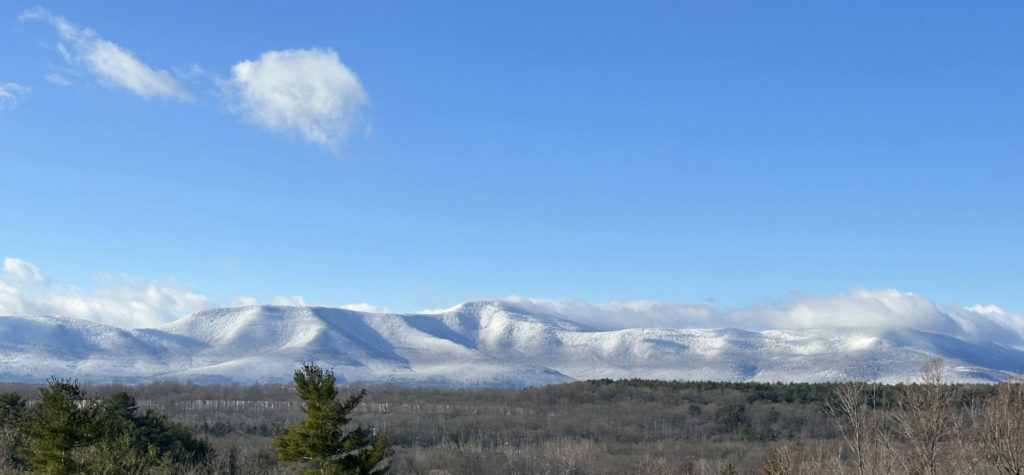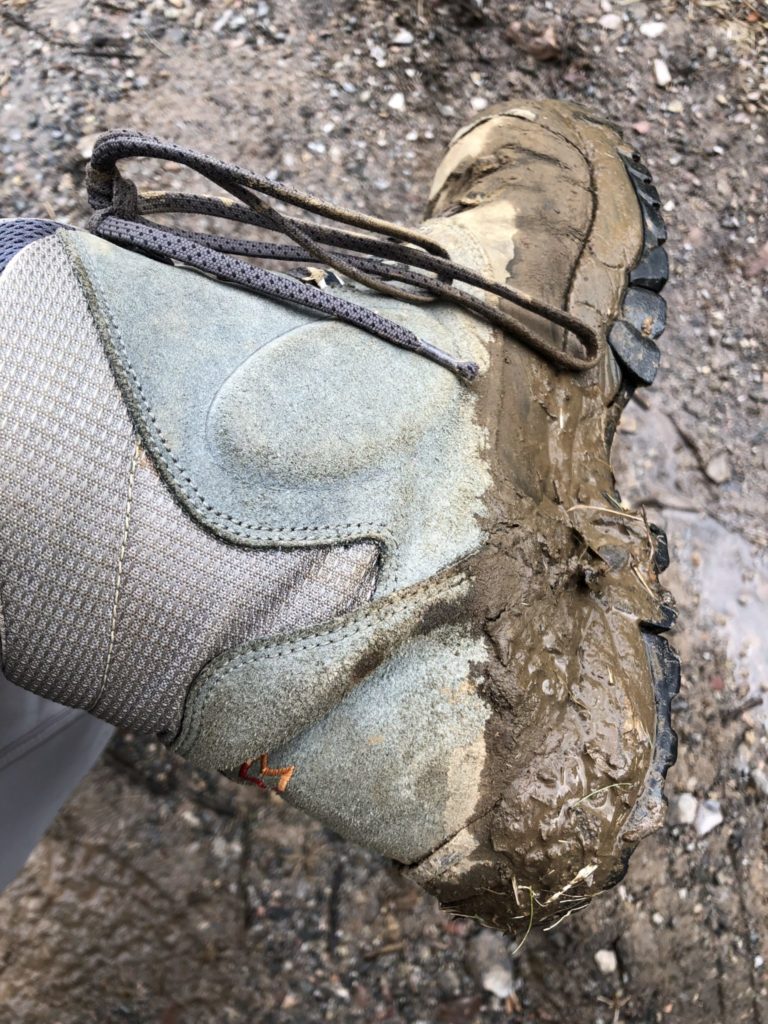Hiking Tips

If you’re new to walking, welcome! Walking is an activity that’s particularly well suited to older adults: it’s low impact, and if pursued in woods and parkland, uplifting and deeply satisfying. And if you walk on trails with substantial elevation change, it can also be deeply aerobic! Just make sure you follow some common sense safety guidelines.
There’s nothing terribly complicated about hiking in the woods. Mostly it requires you to place one foot in front of the other and walk, something you’ve been doing since you were a small child. But like many activities, a little common sense can go a long way to making your time in the woods more pleasant and more safe.
Here are some suggestions:

- Wear appropriate shoes. You don’t need to spend a fortune on specialized hiking boots to pursue even the most challenging walks in this guide, but the shoes you might wear to the beach or on a date probably aren’t appropriate either. Shoes should provide a lugged sole and some protection from stubbing your toe on rocks, brambles, and other trail hazards. Make sure shoes are large enough: when you walk downhill, your toes will jam against your shoes unless there’s adequate room. Waterproof boots are useful in the winter and spring or after sustained rains in the summer or fall.
- Consider the elevation. The tallest Catskill Mountain (Slide) is 4,190 feet tall, and most of the Catskill trails in this guide stay below 3,000 feet. Most people won’t need to acclimatize to breathe normally at such elevations; however, especially in the Fall, Winter, and early Spring, elevation may materially affect hiking conditions. As a rule of thumb, consider that temperatures will drop 3-5° F for every 1,000 feet of elevation gain. During transitional seasons this may convert rain in the valley to snow on the ridge. Plan accordingly. Other, lower-elevation hiking areas such as the Gunks, Harriman, and the Hudson Highlands are much less affected.
- Use Hiking Poles. As we age we have to work harder to maintain the physical capabilities we took for granted in our youth. Balance, especially on the uneven ground typical of wilderness hiking trails, becomes an increasing challenge with age, and the physical consequences of a fall are worse. Hiking poles properly used are a win/win: they increase your confidence and reduce the likelihood of falling.
- Wear a hat. During cold weather, your head is probably the most exposed part of your body, and accounts for a disproportion share of your overall heat-loss. A hat allows you to manage that loss. Since you’re moving and generating body heat, the best hats are likely to be a lot lighter than you think: I walk in a lightweight baseball cap even in the dead of winter, except on bitterly cold days. In the warmer months, hiking in the shade, you may be most comfortable without a hat, as overheating is the key issue. However, even then it’s a good idea to throw a sun hat into your pack in case you find yourself on a sun-exposed ridge for extended periods.
- Wear clothes in layers. Obviously, the appropriate clothing is seasonally dependent, but layering makes a huge difference especially in cold weather. Walking uphill, your body will generate a tremendous amount of heat, so you’ll need to strip-off layers. Walking downhill, you may start feeling chilly, and need to add layers. The heavy winter jacket you wear during less active outdoor activities just isn’t flexible enough. In cold weather it’s better to wear some wicking underwear against your skin, a shirt, a sweater or fleece, and a windproof breathable shell. Avoid cotton, especially for a base layer, as it holds moisture against your skin, and can leave you freezing even on a moderately cold day.
- Wear long pants, year round. A lot of folks hike in shorts during the summer. But I generally prefer long pants for protection from stinging nettles, brambles, and ticks. In summer, I try to go hiking early in the morning before the day heats up, making long pants more than tolerable.
- Carry water, a snack, and rain shell in a small pack, even in Summer. The colder the weather, and the longer the hike, the more important this is. Getting wet while hiking, even in the summer, can risk hypothermia especially if a cold front comes through and adds wind chill. In the Catskills, a trail at altitude can be quite cold, so I consider a rain shell for any hike longer than an hour.
- In truly cold weather, add extra items. From late Fall to early Spring in the Catskills, I usually throw a mylar “space blanket” into my pack, GoreTex rain pants, and an extra, 300 weight fleece jacket. If you have to stop moving (say because you sprained an ankle) you risk hypothermia without extra layers. If ice on the trail is a possibility, I’ll throw in a pair of ice-creepers or hiking crampons. In deep snow, gaiters help keep your feet dry, which is a key to staying warm.
- Bring your cell phone, but don’t rely on it. Many hiking areas offer at least some cell phone coverage along the trail so, as a safety measure, it’s a good idea to carry a phone with you. That said, coverage will vary from trail-segment to trail-segment… interior Catskill hikes will offer limited coverage, though many sections of the Escarpment Trail, for example, deliver a reasonable signal. Data coverage is even more limited. Don’t depend on maps or services that require connection to the Internet. Our GeoPDF maps work wherever your phone can receive GPS signals, which is anyplace with reasonable line of sight to the sky (forest cover may reduce accuracy slightly; rock walls are much more problematic). You just need to be sure you download the PDF basemap ahead of time.
- Use common sense about walking alone. The Beginner Challenge level includes only areas with clearly marked trails and reasonably good footing. If your balance is good, and you have even modest aerobic capacity, you can readily walk them by yourself. As you start moving up in challenge, hike with a friend. Often, the “Experienced” Challenge level includes trails with scrambles and steeper gradients. It’s what makes these hikes fun, but it can be daunting to the novice. Get a few under your belt with a friend before attempting them by yourself.
